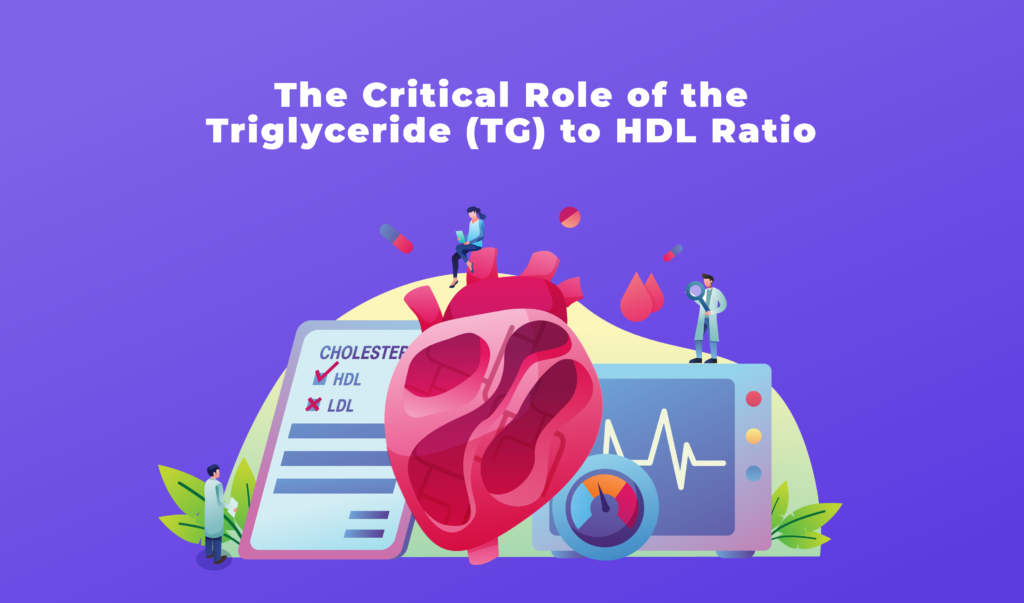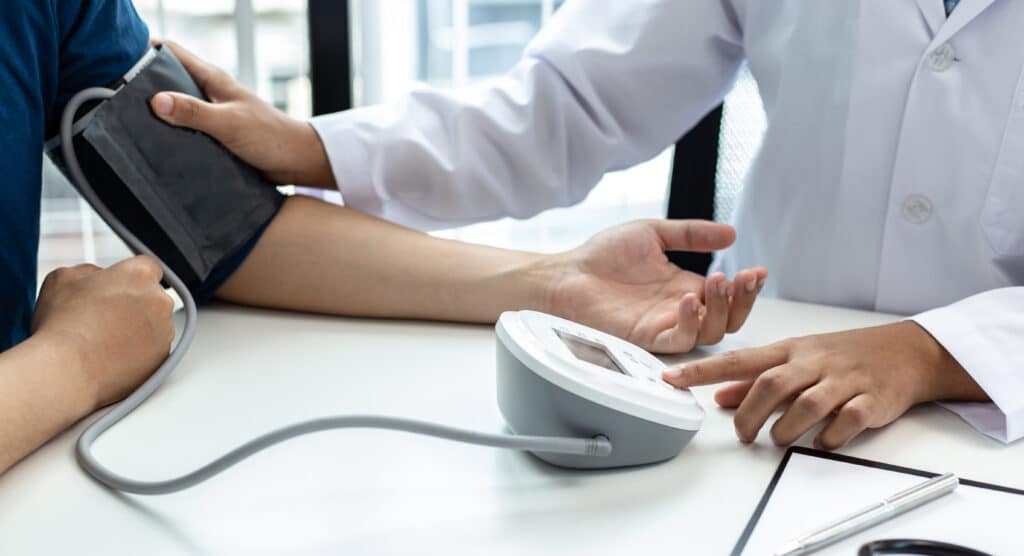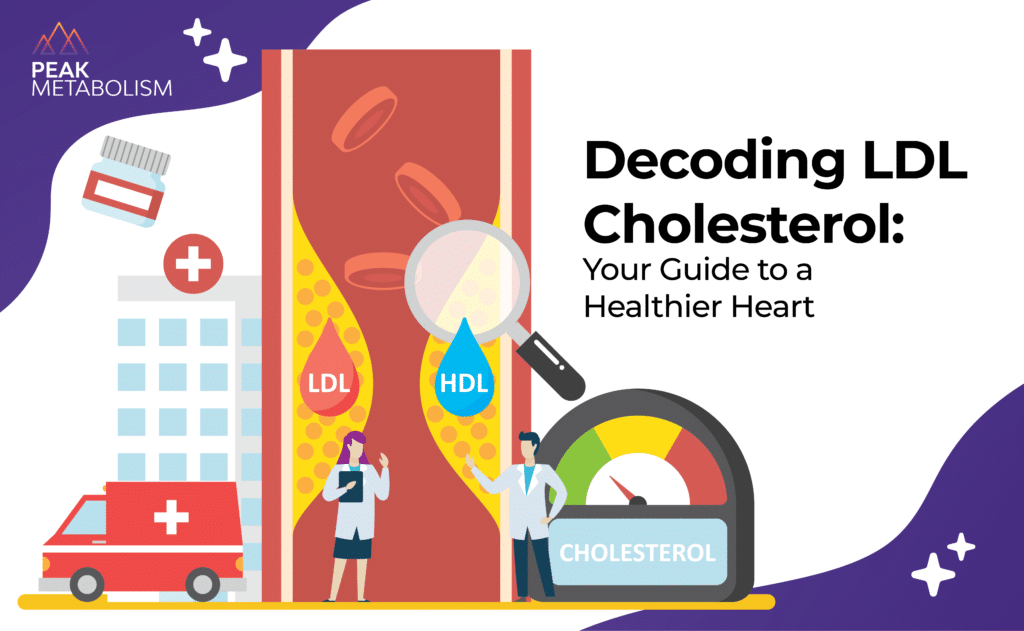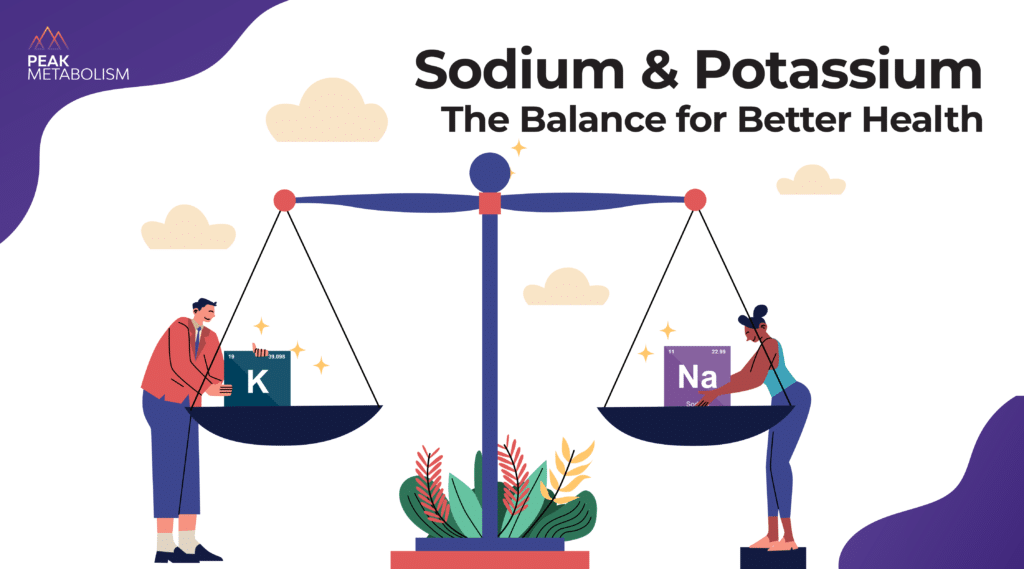
Maintaining a balanced sodium-potassium ratio is essential for physiological and metabolic health. These two electrolytes are critical for numerous bodily functions, including fluid regulation, blood pressure control, and cellular function.
Modern diets, often high in sodium and low in potassium, disrupt this balance, leading to increased health risks. At Peak Metabolism, we delve into the scientific importance of the sodium potassium balance, exploring how a skewed intake affects health and what can be done to restore equilibrium effectively.
What are Sodium and Potassium?
Sodium (chemical symbol Na) and potassium (chemical symbol K) are electrolytes, which means they help regulate fluid levels in your body and maintain sufficient blood volume. However, if you consume too much sodium and not enough potassium, it can adversely affect your blood pressure.
If you have hypertension (high blood pressure), increasing your intake of potassium can lower it. Conversely, the more sodium you take in, the higher your blood pressure will go. Avoiding this problem isn’t as simple as just excluding sodium from your diet, though, because you do need some, so balancing the two should be your aim. You should be aiming for 4700mg of potassium a day, and 2000mg of sodium a day.
What Foods Contain Sodium and Potassium?
The potassium in your diet primarily comes from vegetables and fruits, dairy products, and seafood. Sodium is an element found in salt – the two terms are often used interchangeably, but salt (sodium chloride) is the carrier for sodium rather than being the same thing. In most people’s diets in the industrialised nations, sodium intake is high because of the tendency to eat processed, packaged foods, and food made in takeaways and restaurants. The salt you add at the table forms only a small part of your total sodium intake.
You’ve probably spotted that while potassium tends to be in healthy foods, sodium comes mainly from the kinds of foods that are typically unhealthy, like ready meals, takeaways, and packaged snacks. Unfortunately, many people rely on these processed, high sodium foods and eat fewer fruits and vegetables than they should. The result is an imbalance between sodium and potassium that has made hypertension commonplace.
Rising hypertension levels lead to an increase in the serious, potentially life-threatening diseases that arise from having high blood pressure, namely heart disease, stroke, heart attacks, aneurysms, kidney failure, and loss of vision. While the obvious solution is to ensure a balance between sodium and potassium, achieving this presents a few extra challenges.
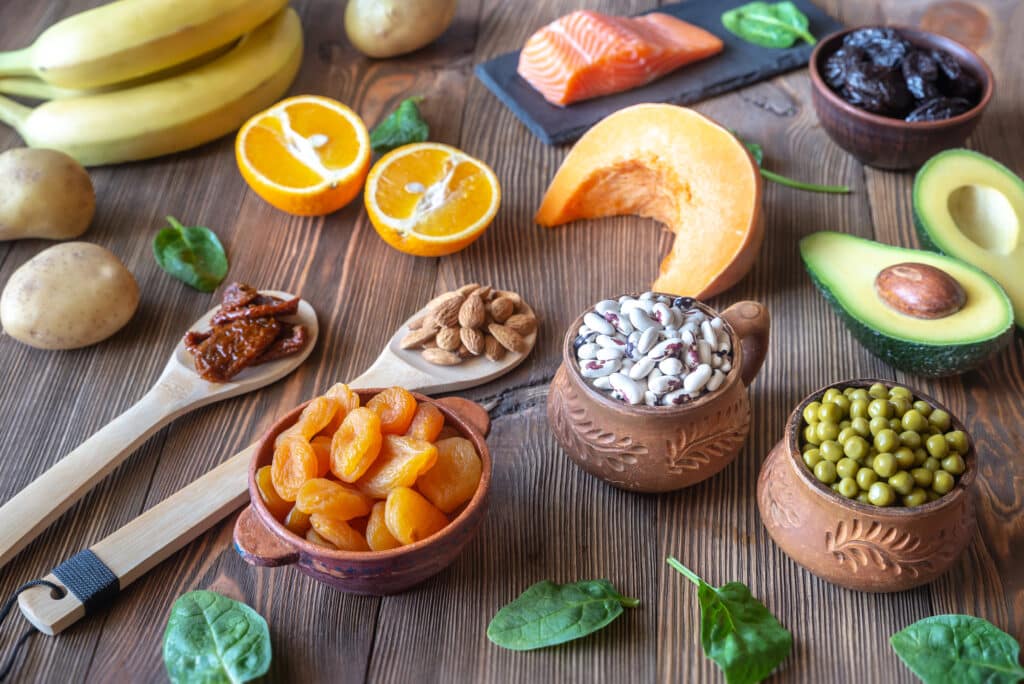
Why Your Body Retains Sodium and Loses Potassium.
Your body is wired to hold on to sodium but shed potassium. This has a lot to do with evolution and the genes you inherit from your parents that possess traits passed down from your ancestors. Unlike in today’s world, sodium was much more difficult to get from food than potassium for thousands of years of human history, in addition humans evolved from hot climates originally whereby sweating was commonplace, and this process lost significant sodium along the way.
For example, if your total body water content is high, sodium levels are likely to be low. In this case, your body suppresses the antidiuretic hormone (ADH), and you produce dilute urine. Your kidneys then excrete renin, triggering the production of aldosterone, which lowers the levels of sodium in your urine. By this mechanism, sodium levels in your body increase.
This was ideal for our ancestors with their low sodium, high potassium diets, but is less helpful now when there’s likely to be an excess of sodium and insufficient potassium in the modern diet. Rather like your brain’s compulsion to seek out high-calorie treats because sources of food were much harder to come by for ancient humans, the way your body deals with sodium and potassium is less well-suited to the lives most people lead today.
Are you concerned about how your diet might be impacting your sodium potassium balance? At Peak Metabolism, we understand the intricacies of navigating through the maze of nutritional information to find what truly works for your body.
Reach out to us for a personalised assessment and rediscover the path to optimal health through the power of functional medicine and tailored nutritional guidance.
How Does Sodium and Potassium Imbalance Affect the Body?
The sodium-potassium pump is key to your sodium and potassium balance. The pump is on the surface of all your membranes and it maintains the internal potassium ion concentration at a higher level inside compared to outside the cell and vice versa for your sodium.
The sodium-potassium pump essentially acts like battery for all cells to function optimally, and optimising this ratio supports the cell membrane excitability. When in balance, your cells maintain their electrical charge, which means they’re able to function normally when called upon. This regulates the pH of the tissues which impacts enzymatic activity of cells. This is critically important for brain, kidney, and heart function, in maintaining neurotransmitter balance, in regulating nutrient absorption and proper elimination.
If there’s an imbalance in electrolytes like sodium and potassium, particularly if there’s low potassium it affects the electrical signalling potential, resulting in weaker, more unorganised beating and irregular heart rhythm. Ultimately, your heart could fail if this situation isn’t addressed. The balance between sodium and potassium also influences your risk of stroke as it affects your blood pressure.
The optimal sodium-potassium ratio is 1:3, which means that to maintain sodium and potassium electrolyte function, you should be taking in three times as much potassium as you are sodium. Given the fact that for most people, modern diets contain far more sodium than potassium, it’s easy to see why so many are suffering from heart and circulatory problems.
Balancing sodium and potassium is not just about adding or subtracting elements from your diet; it’s about recalibrating your lifestyle for lasting health and vitality.
With the sodium potassium balance as a cornerstone of wellness, we invite you to take the first step towards a transformative journey. Have questions or need guidance? The team at Peak Metabolism is here to empower and support you every step of the way. Book your free consultation and begin your journey to peak health.
Stay Updated: Follow us on LinkedIn and Instagram for the latest updates and health tips.
